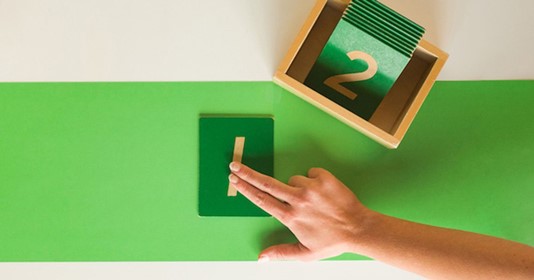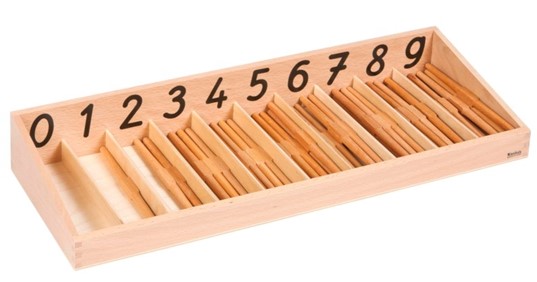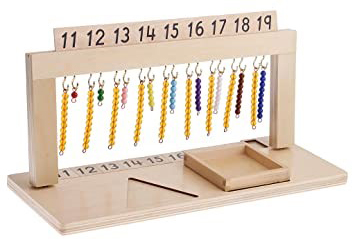Practical Activities Using Montessori Materials – A Foundation for Math At Preschool The Montessori Way
Dr. Maria Montessori was the founder and pioneer of the Montessori method of teaching. If you have ever entered a Montessori classroom, you would know how different it looks from any other preschool in the vicinity. However, two Montessori-based classrooms will always have a similar layout and pretty much the same materials on display. Today, the Montessori method is followed in all parts of the world, including Dubai in the Middle East.
The Montessori way focuses more on self-directed activities and follows a hands-on approach. The prepared classroom environments are tidy, orderly and provide close to real-world experiences to the children. Children are free to explore and choose the activity of their interest, which allows them to learn by doing and correct their mistakes themselves since the materials are designed in such a fashion. The Montessori Directress is merely a guide and an observer, helping children develop confidence and discipline.
Montessori based Math
At first, children are introduced to concrete Math materials, and as they get comfortable, they move to abstract activities.
Concrete materials are things that can be held, touched, and felt. So, before the child picks up a crayon and writes 1-10 on paper, they have number cards with different textures to run their finger over it. Eventually, students learn to write and say the numbers in order, without the help of materials.
Montessori Math Materials
Number Rods
Number rods are a bunch of red and blue color wooden rods that are arranged in ascending order from smallest to biggest. There are a number of practical activities that you can undertake with these rods.
Firstly, ask the child to randomly lay the rods on a mat, and then arrange them from smallest to biggest with the red section on the left side. Practice counting by using your index finger and middle finger together, and run them over each rod, and each section of the rod (red & blue). While pointing, say aloud ‘this is one’ and this is ‘two’. Continue gradually by introducing only 3 numbers at a time.
Now randomly say to the child ‘give me seven’. The child finds the rod which has seven sections with alternating blue & red marks.

Sandpaper Numbers
Numbers 0 to 9 are cut out from sandpaper and stuck on green paper. Take one number card at a time and trace with your finger three times over the number gently while saying it out aloud ‘one’. Repeat this for number two and so on. Introduce three cards in a day and proceed slowly. Along with number recognition, the child is also learning the pattern of writing numbers. After some practice, children would find it effortless to re-produce the digits on paper.

Spindle Box
The spindle box has 10 compartments with numbers written on the wall to represent each section. Ask the child to read the number printed above one of the sections. The child has to count that many spindles and place them in the compartment. For number ‘eight’ the child needs to count that many spindles and place them in the compartment.

Teaching Students 11- 19 with Beads on Hanging Frame
The frame has hooks and numbers 11 to 19 mentioned on a horizontal bar at the top. To represent number 11, children pick up the bead chain that has 10 beads and another chain that has 1 bead 10+1 = 11. Ask the child to now count and place 19 beads. The child needs to choose the bead chain that has 10 beads first, and the other one which has 9 beads 10+9 = 19. This activity teaches children addition, subtraction, and the decimal system. In this way, children can learn to count in 1000s.

‘Mathletics’ is an amazing mathematics platform for educators and learners. They support learning for students in the classroom and at home, through interactive activities, games, and challenges. Mathletics is highly recommended by educators, and most schools in GCC and UAE encourage parents to download the Mathletics platform and practice Math problems at home. They offer students the chance to put their mathematical skills to use through relevant, attention-grabbing activities. It is the perfect mathematics engagement program for schools and homes.






Recent Comments